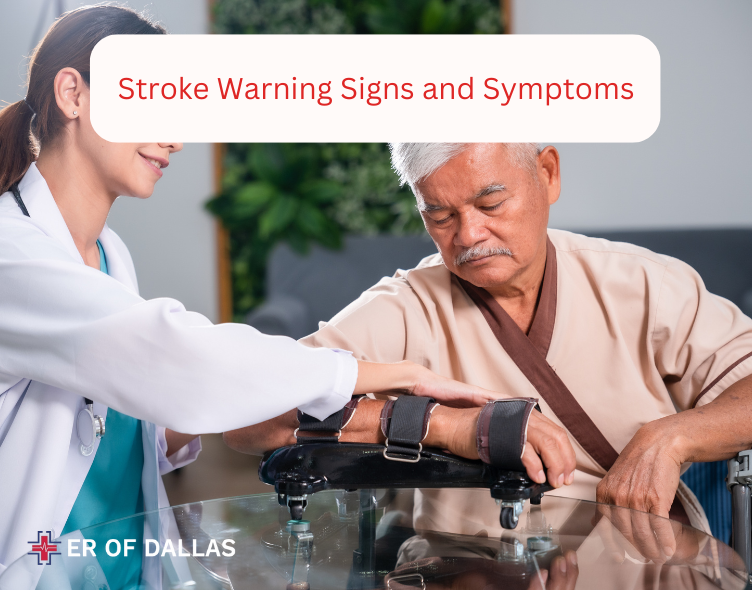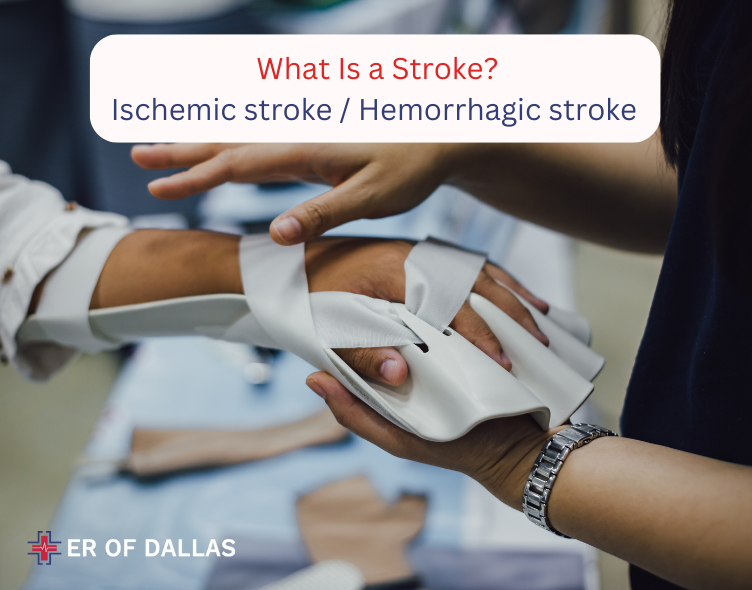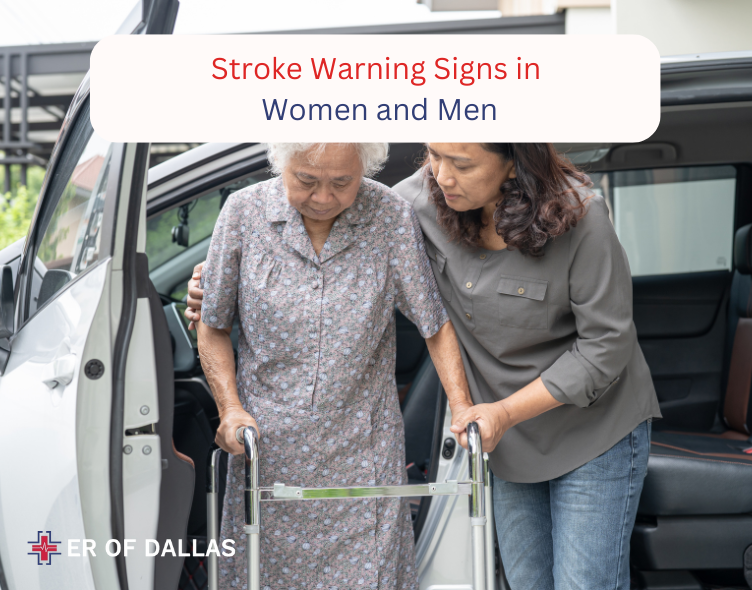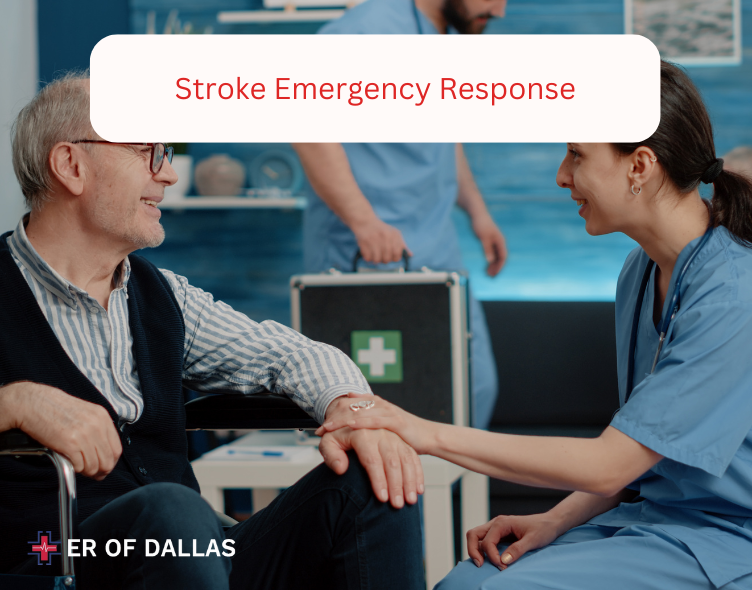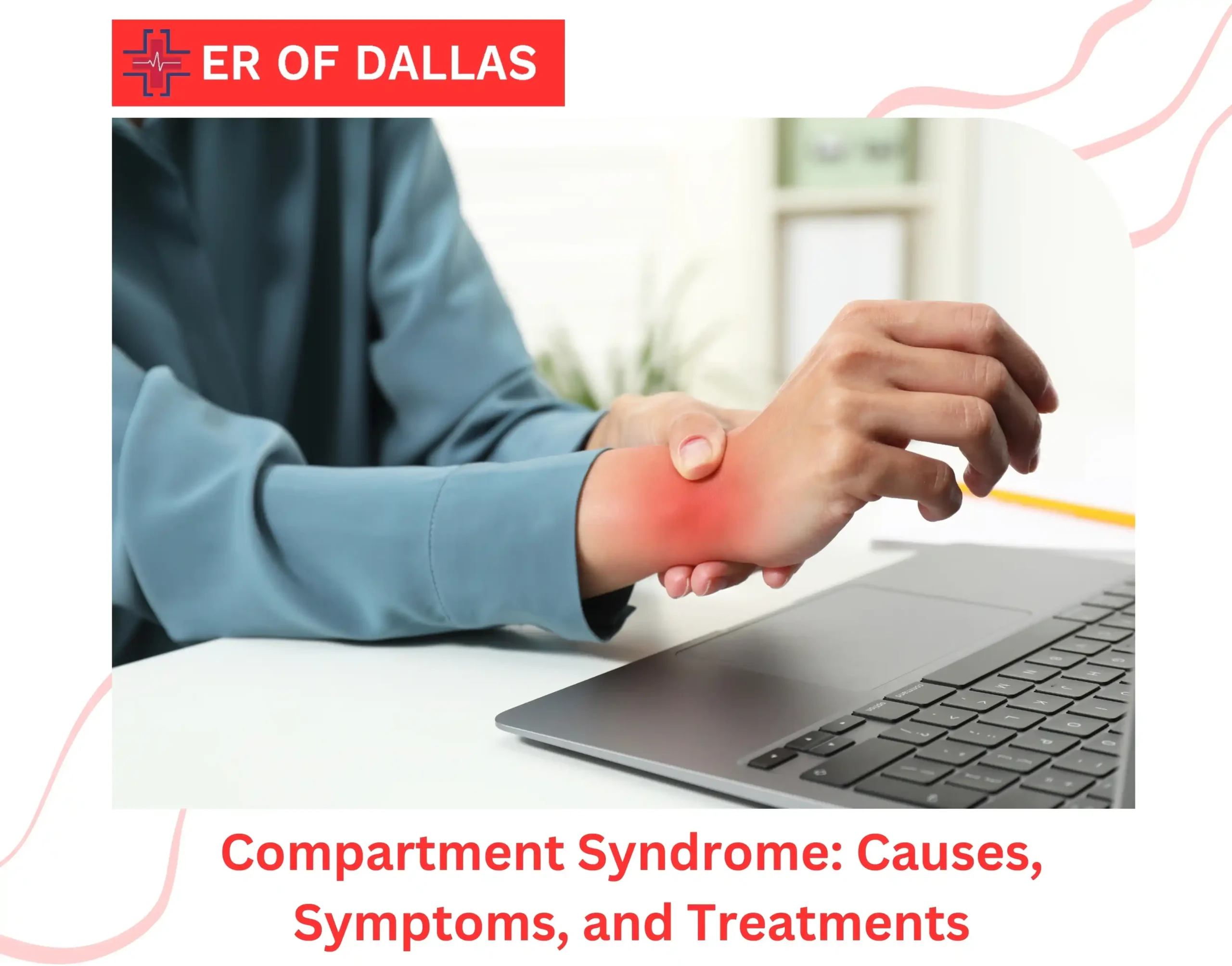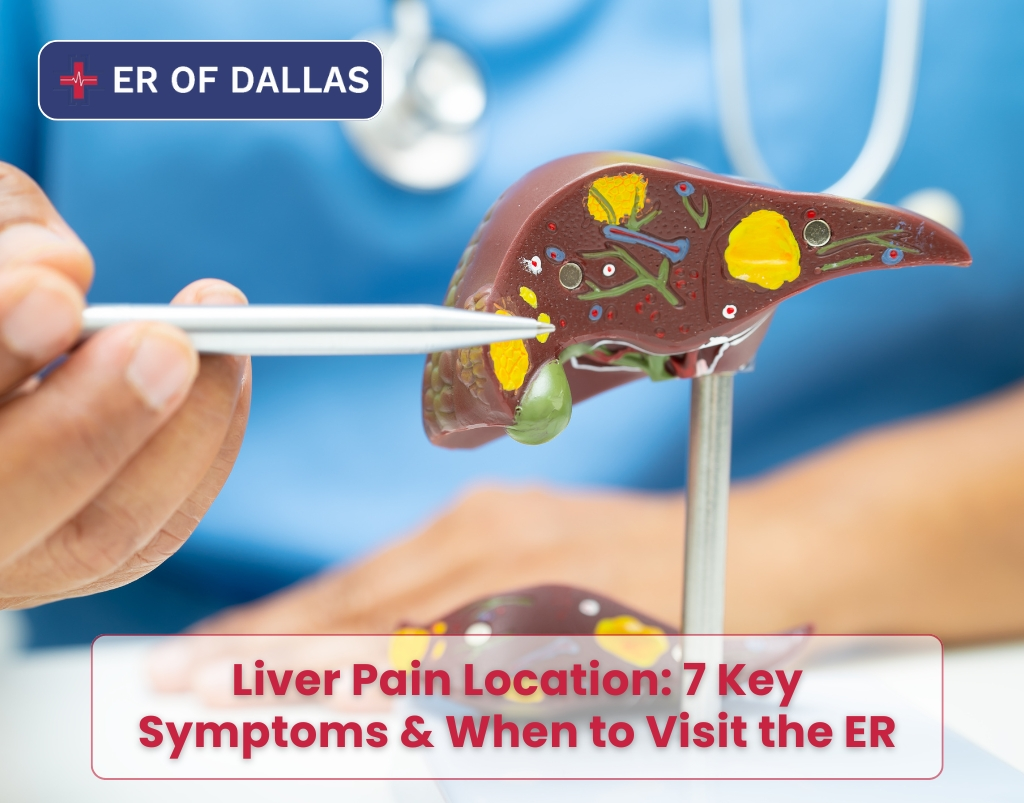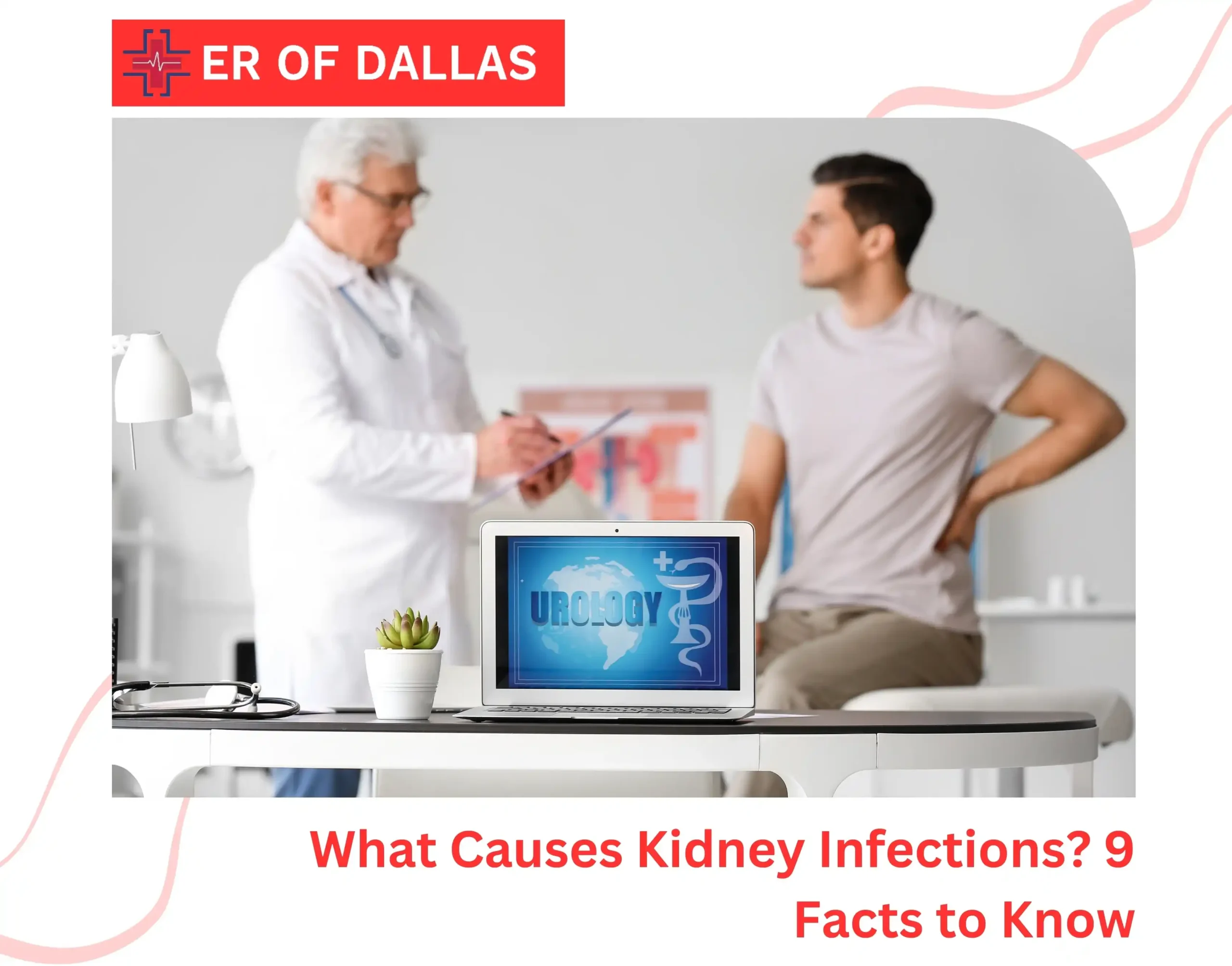A stroke can strike with little warning, often disguising itself as harmless symptoms you might brush off. But recognizing these subtle signs could be the difference between full recovery and lasting disability.
What if that sudden dizziness isn’t just fatigue? Or that brief numbness more than a pinched nerve?
From sudden weakness to vision changes, this guide unveils stroke warning signs and how to spot them early. We’ll also explore the risk factors and effective stroke prevention strategies you can take to protect yourself from this silent threat.
What Is a Stroke?
A stroke occurs due to a blockage or rupture in the blood vessels supplying oxygen and nutrients to the brain. This can occur in two main ways:
- Ischemic stroke: This is the most common type, caused by a clot or blockage in the arteries leading to the brain.
- Hemorrhagic stroke: This occurs when a blood vessel in the brain bursts, leading to bleeding within or around the brain tissue.
A transient ischemic attack (TIA), also known as a mini-stroke, occurs when the blood flow to the brain is temporarily blocked. While the symptoms may resolve quickly, a TIA is a significant warning sign of a future stroke.
Stroke Warning Signs in Women and Men
Recognizing the warning signs of a stroke is crucial for prompt medical intervention. Symptoms can manifest differently in men and women, but some common indicators include:
- Sudden numbness or weakness: This often occurs on one side of the body, affecting the face, arm, or leg. The person may experience difficulty moving or feel a complete loss of sensation.
- Confusion or difficulty speaking: Stroke victims may suddenly have trouble understanding or speaking, including slurred or incoherent speech.
- Vision problems: Blurred or double vision, as well as sudden blindness in one or both eyes, can be early signs of a stroke.
- Severe headache: An intense headache, especially if it comes on suddenly without a known cause, can signal a hemorrhagic stroke.
- Dizziness or trouble walking: Loss of balance, dizziness, or difficulty coordinating movements are common symptoms of a stroke.
While these symptoms are common for both men and women, women may also experience additional symptoms such as:
- Nausea or vomiting
- Hiccups
- Fatigue
- Seizures
The FAST Test
The FAST test is an easy-to-remember method that can help identify a stroke quickly and take appropriate action. Each letter in FAST stands for a symptom:
- F – Face: Ask the person to smile. Does one side of the face droop?
- A – Arms: Ask the person to raise both arms. Does one arm drift downward?
- S – Speech: Ask the person to repeat a simple phrase. Is their speech slurred or strange?
- T – Time: If any of these signs are present, it’s time to call emergency services immediately.
The FAST test is particularly important because strokes often occur without warning. Acting quickly can help minimize the damage caused by a stroke, increasing the chances of recovery.
Stroke Risk Factors
Several risk factors increase the likelihood of having a stroke. These include:
- Age: The risk of stroke increases with age, particularly after age 55.
- Gender: While men are more likely to have a stroke, women are more likely to die from one.
- Family history: A family history of stroke or heart disease increases your risk.
- Previous stroke or TIA: Having a previous stroke or TIA significantly raises your risk of a subsequent stroke.
- High blood pressure: This is the leading cause of strokes. Managing blood pressure is crucial for stroke prevention.
- Smoking: Smoking damages blood vessels and increases the risk of both ischemic and hemorrhagic strokes.
- High cholesterol: Elevated cholesterol levels can lead to plaque buildup in the arteries, which increases stroke risk.
- Diabetes: High blood sugar can damage blood vessels, making a stroke more likely.
- Obesity: Excess weight can lead to high blood pressure, diabetes, and other conditions that raise stroke risk.
- Sedentary lifestyle: Regular exercise helps maintain healthy blood pressure and cholesterol levels, reducing stroke risk.
- Alcohol and drug use: Excessive alcohol consumption and illicit drug use can increase the likelihood of a stroke.
Stroke Warning Signs
In some cases, the body may show warning signs days before a stroke. Common stroke early signs leading up to a full-blown event include:
- Sudden, intense headaches: These headaches are often different from typical migraines or tension headaches, and they may signal a stroke about to occur, especially if accompanied by other stroke warning signs.
- Frequent TIAs: Repeated mini-strokes or transient ischemic attacks (TIAs) should be taken seriously. They can be a precursor to a larger stroke within days or weeks.
- Unexplained weakness or numbness: Even if these symptoms go away quickly, they are a red flag that something is wrong with blood flow to the brain.
If you or someone you know experiences these early signs, seek immediate medical attention. Swift action can prevent permanent brain damage and improve survival rates.
Stroke Prevention
Prevention is the best strategy to reduce the risk of stroke. By managing underlying conditions and adopting healthy lifestyle habits, you can significantly lower your risk. Key steps for stroke prevention include:
- Monitor and control blood pressure: Regularly check your blood pressure and work with your healthcare provider to keep it within a healthy range.
- Quit smoking: Stopping smoking can dramatically reduce stroke risk.
- Maintain a healthy diet: Eating a diet rich in fruits, vegetables, whole grains, and lean proteins helps lower cholesterol and blood pressure.
- Exercise regularly: Aim for at least 150 minutes of moderate exercise per week to keep your cardiovascular system healthy.
- Limit alcohol consumption: Drinking in moderation, if at all, helps reduce the risk of stroke.
- Manage stress: Chronic stress can contribute to high blood pressure and other conditions that increase stroke risk.
Stroke Emergency Response
When a stroke occurs, there’s nothing that you can do at home to prevent or reverse it when it’s in progress. Therefore, any case of a suspected stroke must be reported immediately to a medical emergency room.
ER of Dallas is fully equipped with advanced technology and skilled professionals to handle stroke emergencies. Their quick assessments and treatments improve patient outcomes, reducing the risk of long-term brain damage.
FAQs
What does stroke chest pain feel like?
Chest pain from a stroke can feel like discomfort or pressure, though it’s often less intense than pain from a heart attack. It may also be accompanied by other stroke symptoms, such as weakness or confusion.
How long can stroke pain last?
Stroke pain can last for varying durations, depending on the severity of the stroke and individual factors. It’s crucial to seek medical attention promptly to manage and treat the symptoms effectively.
Where is stroke pain located?
Stroke pain is typically felt in areas like the face, arm, or leg on one side of the body. It can also cause discomfort in the chest or other regions, which may be a sign that your chest pain isn’t a heart attack.

